
A corner of Tan Phuoc Pagoda today.
Nestled in the countryside
According to oral tradition passed down through many generations of local residents, Tan Phuoc Pagoda was built more than 200 years ago (around the 19th century). At first, the pagoda was built simply with trees and leaves in an area called Lang Beo, about 1.5 km from the current pagoda location, as the crow flies. Today, the name Lang Beo is still known by very few people and is currently an agricultural area in My Quy hamlet, Tan Xuan commune, Ba Tri district.
Legend has it that at that time, the cowherds in Lang Beo, while playing, used mud to mold a Buddha statue and then dropped it into the pond. Strangely, even though it was made of mud, the Buddha statue did not sink. The cowherds told their families about this. The families saw the strange phenomenon and asked the elders in the area for advice. Everyone thought it was a miracle, the Buddha wanted to reside here, so they built a pagoda with trees and leaves and used clay to mold a Buddha statue to worship. On the full moon day, the people in the area came together to worship and pray to Buddha to bless them with a peaceful life. At that time, the pagoda was called Muc Dong Pagoda.
Because Lang Beo area was not convenient for travel, a local resident named Nguyen, who was also a Buddhist of the pagoda, donated land to build the pagoda. After a while, the pagoda was moved to its current location (Tan Hoa hamlet). When it moved to the new location, the pagoda was named Tan Phuoc Tu. Most of the residents in the area were poor farmers, so the pagoda was built with trees and leaves, with simple worship items. The Buddha statues, some from the old pagoda, were brought back and some more were made from local wood (tree skeleton statues).
During the two resistance wars against France and the US, the pagoda became an ideal location for the activities of revolutionary organizations in the region.
Make a mark in history
On the occasion of the full moon of January 2025, Tan Phuoc Pagoda welcomed a large number of tourists and Buddhists to visit the pagoda for the first time. Mr. Nguyen Thanh Phong, living in Ho Chi Minh City, expressed: "The pagoda is so peaceful, majestic and spacious. Listening to the monks talk about this relic, I was very touched by the patriotism of the people here."
According to the records and history of the provincial historical-cultural relic of Tan Phuoc Pagoda (Department of Culture, Sports and Tourism), the people of Tan Xuan commune inherently had a spirit of patriotism and fighting against unjust oppression, so when the French came to invade the province, the people of Tan Xuan joined the insurgent army of Phan Liem and Phan Ton to fight the French. In the late 20s of the 20th century, the Southern Regional Party Committee assigned comrades Nguyen Van An (My Tam) and Nguyen Van Tri (Than) in the Regional Party Committee to the province to build a party base in the province. At the end of April 1930, the first Communist Party cell of the province was established, with 11 comrades, with comrade Tran Van An (Muoi An) as Secretary. In 1945, responding to the movement to contribute brass to forge weapons to fight the French, despite being poor, Tan Phuoc Pagoda contributed to the revolution 1 great bell and 2 large bells.
Tan Phuoc Pagoda was chosen as the meeting place of the Inter-Provincial Party Committee and Tan Xuan Party Cell. At the same time, it was also the place where the Party's leaflets were printed. During the resistance war against the US, cadres pretended to be monks at the pagoda to deceive the enemy. The abbot of the pagoda was a revolutionary, often hiding documents, guns and ammunition to provide for the revolution.
According to Mr. Le Van Dien (Buddhist name Thich Quang Y), born in 1935, residing in Tan Thanh 2 hamlet, Tan Xuan commune, Ba Tri district, who used to practice at Tan Phuoc pagoda, the documents were hidden under Buddha statues, our liaison pretended to be a Buddhist to go to the temple to get them, along with many other patriotic activities taking place at Tan Phuoc pagoda...
As of April 30, 1975, there were more than 100 monks of the pagoda who had both escaped and were legally working for the revolution. The abbot Thich Thien Thanh (Nguyen Van Dum, died in 1986) was awarded the First Class Resistance Medal by the State, Mr. Nguyen Van Ha (Thich Thien An) was awarded the Second Class Resistance Medal, Mr. Nguyen Van Nau (Thich Thien Hue) was awarded a certificate of merit by the Council of Ministers. The pagoda was also used as a place to hold the commune's party membership admission ceremony. There were 83 party members admitted here.
“Tan Phuoc Pagoda, also known as Muc Dong Pagoda, is closely associated with the patriotic tradition of the people of Tan Xuan commune. This was one of our revolutionary bases throughout the two resistance wars against the French and the Americans in the locality, contributing to the victory of our people's resistance on April 30, 1975.” (Head of Department of Culture, Science and Information of Ba Tri district, Nguyen Thanh Hau) |
Article and photos: Thach Thao
Source: https://baodongkhoi.vn/chuyen-ke-ve-mot-di-tich-van-hoa-lich-su-26032025-a144232.html


![[Photo] Prime Minister Pham Minh Chinh chairs meeting after US announces reciprocal tariffs](https://vstatic.vietnam.vn/vietnam/resource/IMAGE/2025/4/3/ee90a2786c0a45d7868de039cef4a712)

![[Photo] Special relics at the Vietnam Military History Museum associated with the heroic April 30th](https://vstatic.vietnam.vn/vietnam/resource/IMAGE/2025/4/3/a49d65b17b804e398de42bc2caba8368)
![[Photo] Moment of love: Myanmar people are moved to thank Vietnamese soldiers](https://vstatic.vietnam.vn/vietnam/resource/IMAGE/2025/4/3/9b2e07196eb14aa5aacb1bc9e067ae6f)

![[Photo] General Secretary To Lam receives Japanese Ambassador to Vietnam Ito Naoki](https://vstatic.vietnam.vn/vietnam/resource/IMAGE/2025/4/3/3a5d233bc09d4928ac9bfed97674be98)
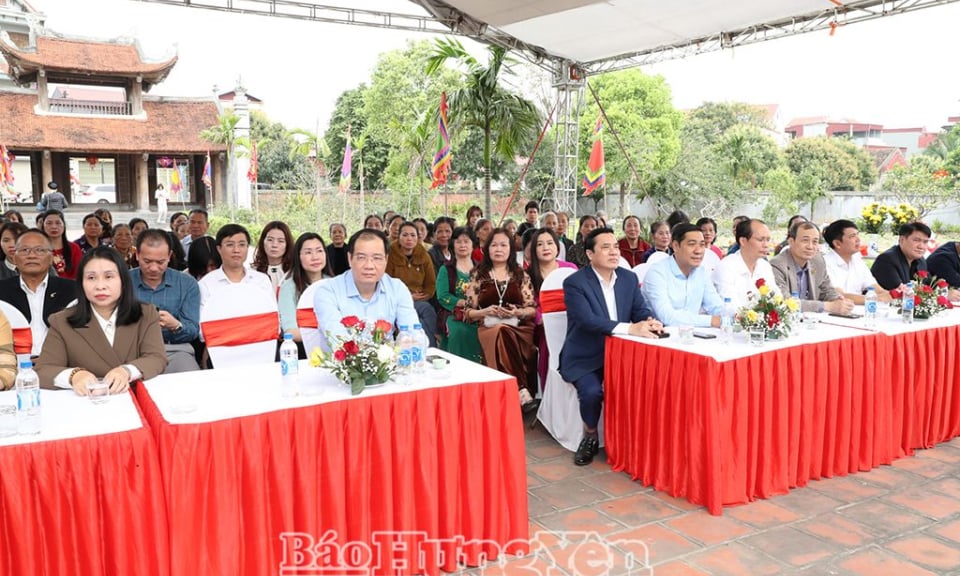
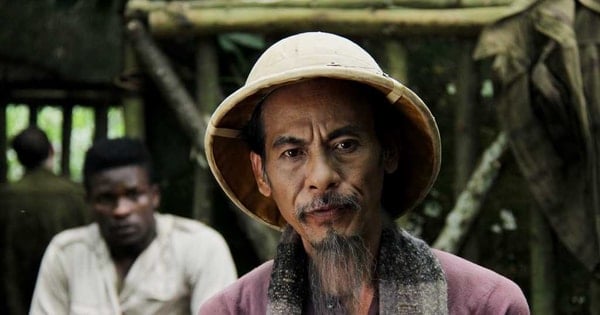
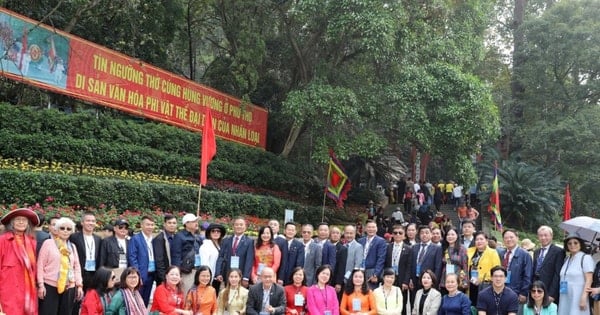
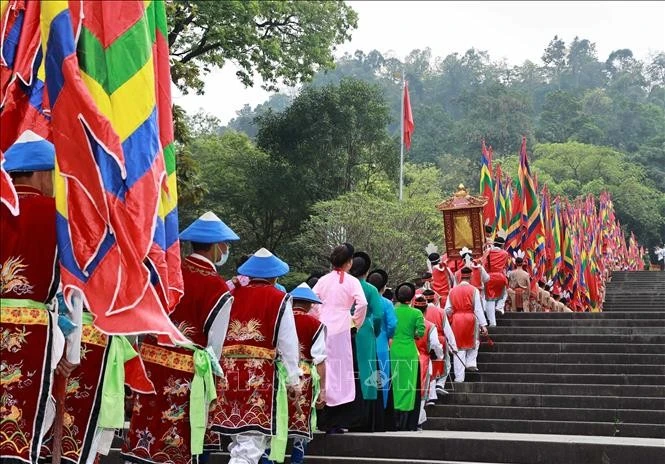

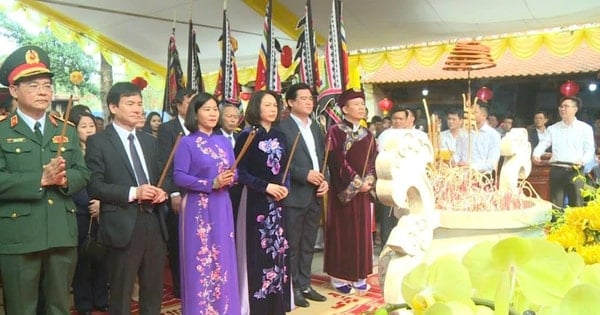




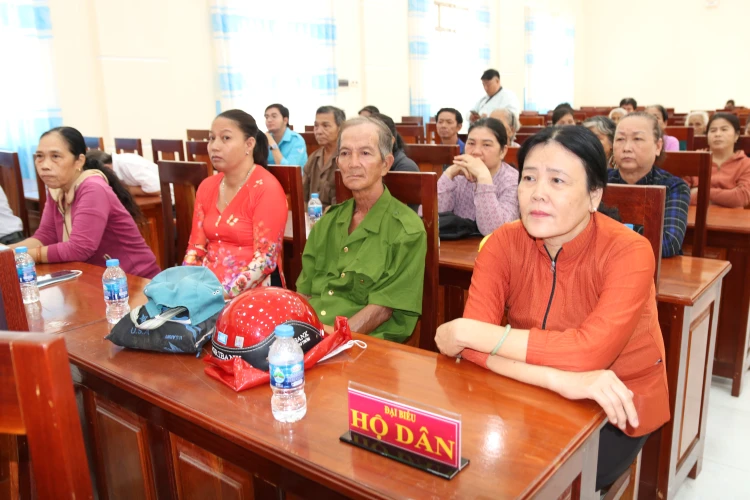
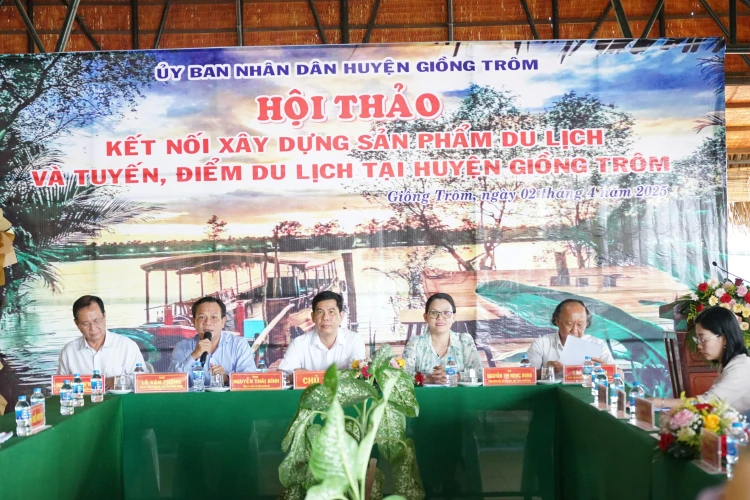
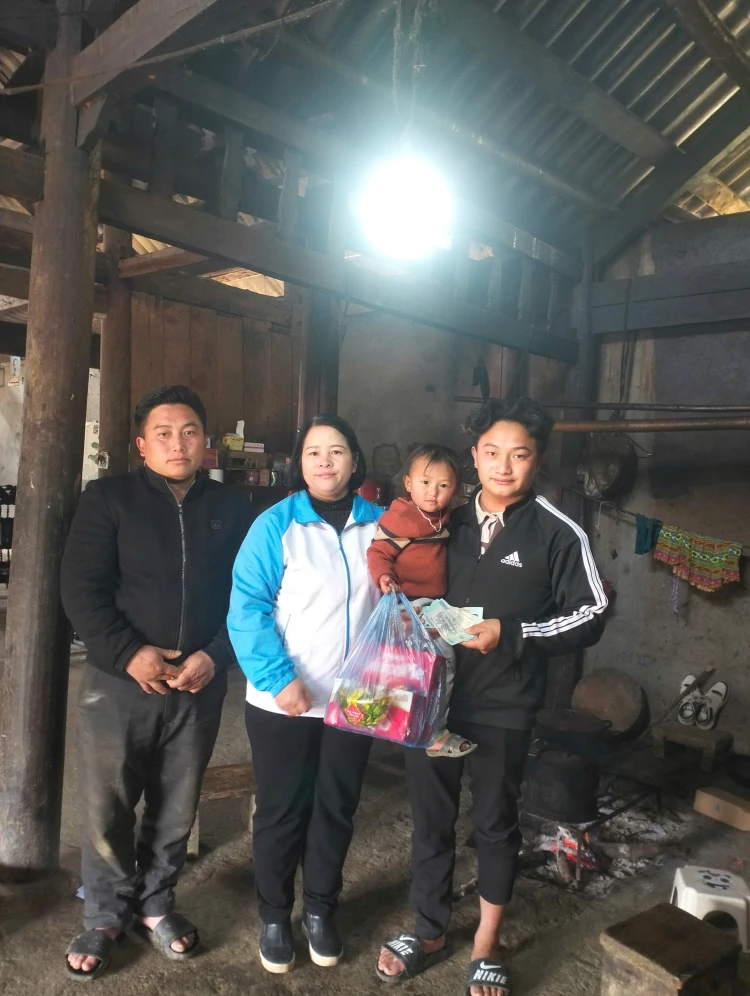
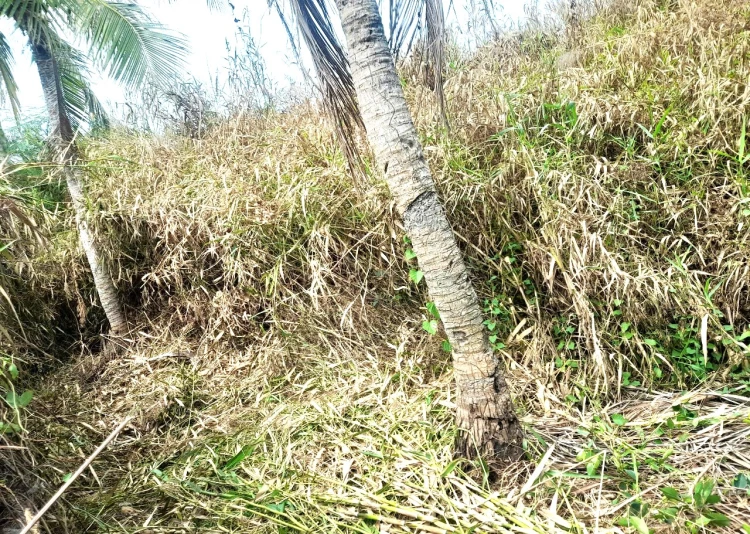
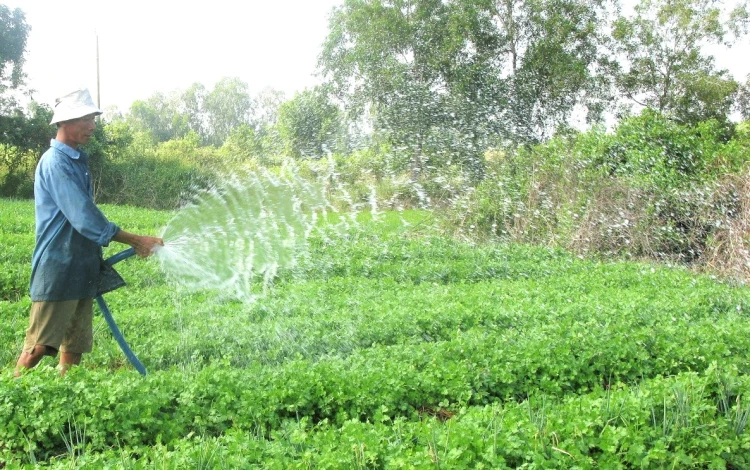
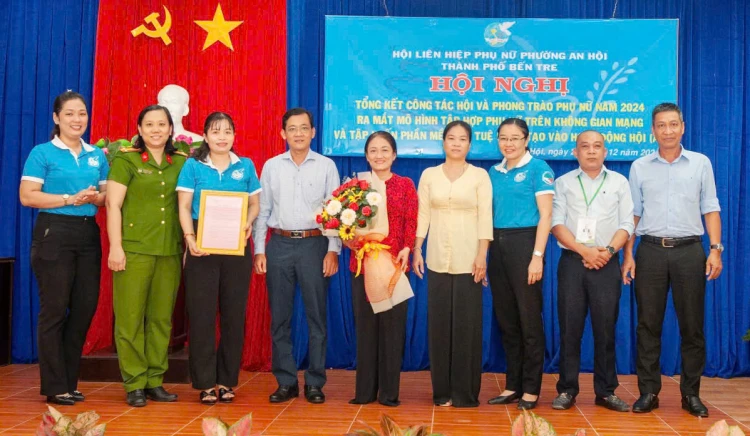



































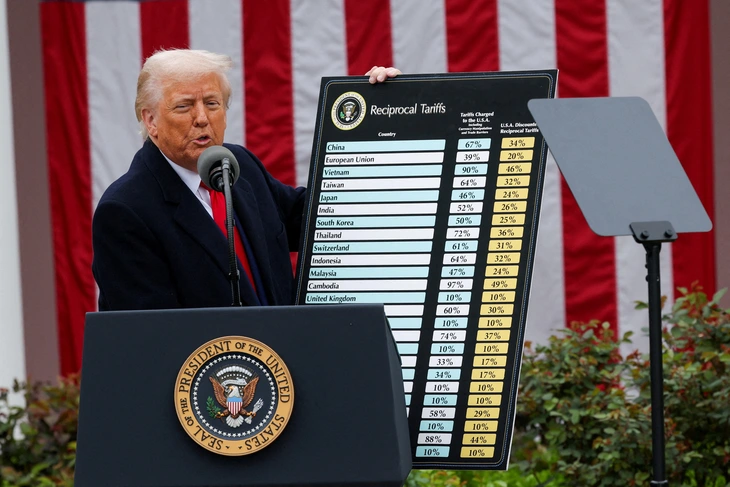
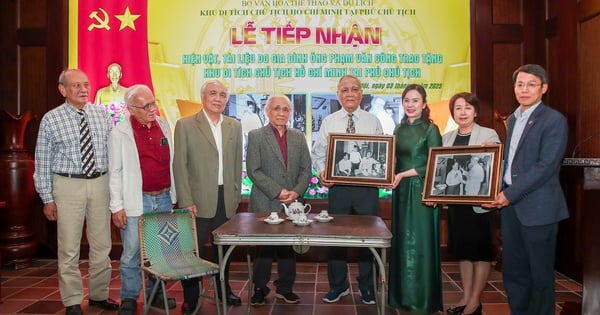

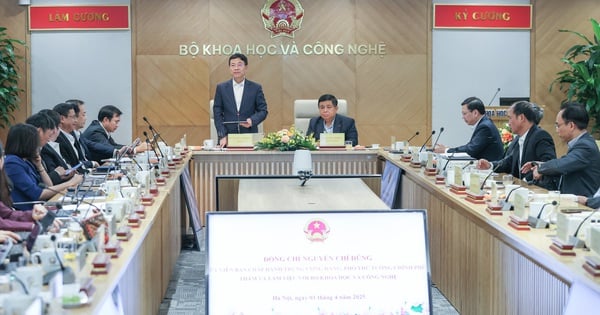

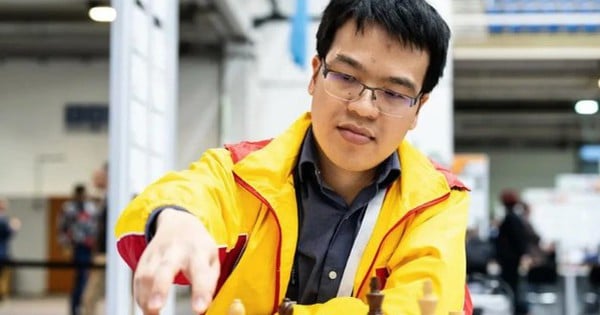
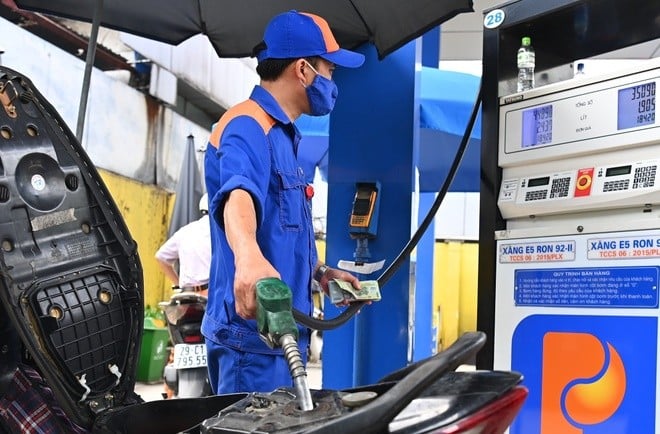

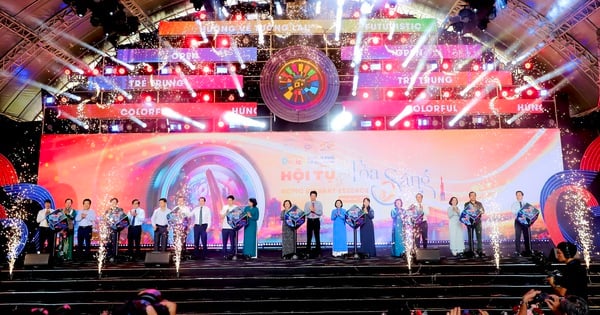

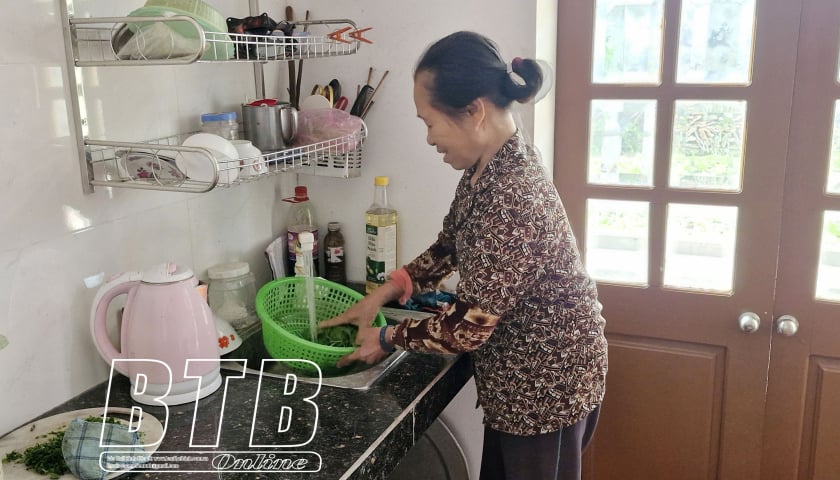



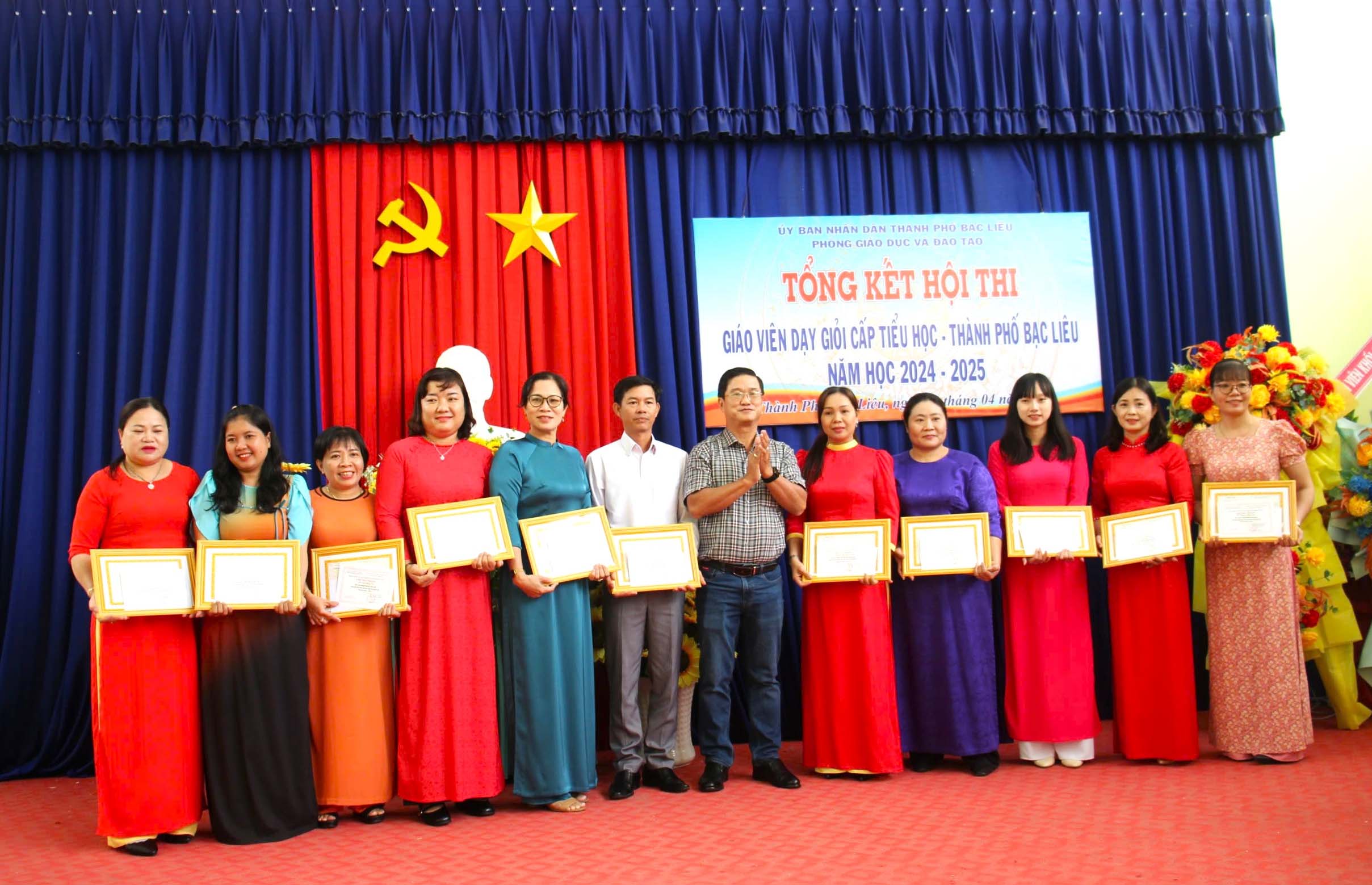

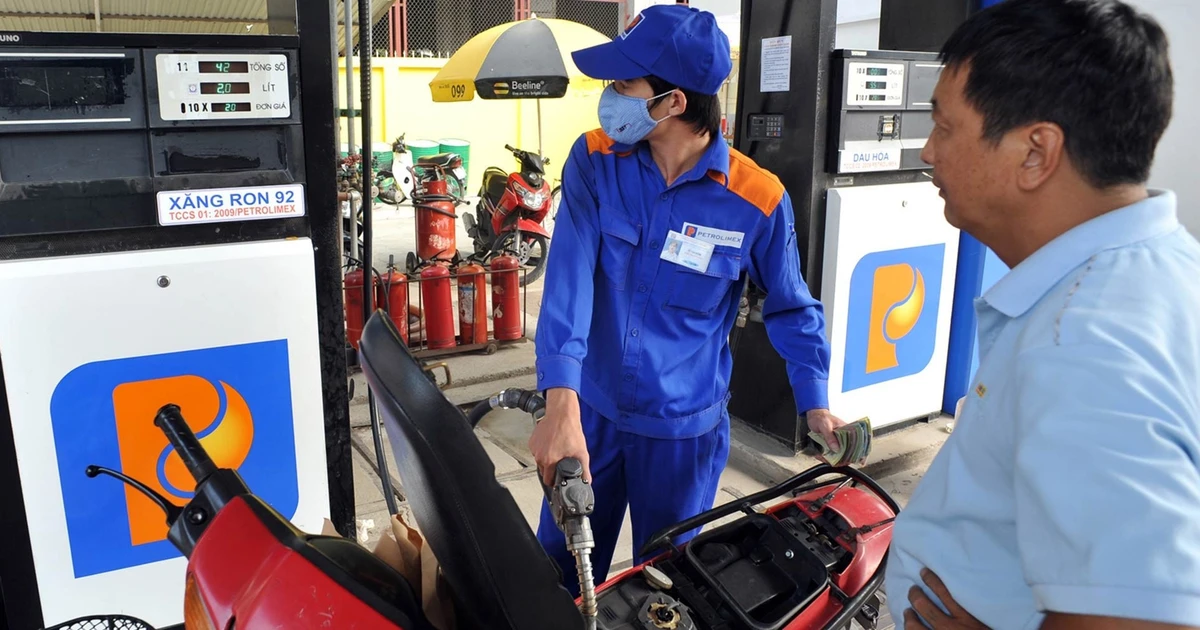












Comment (0)